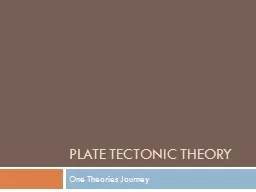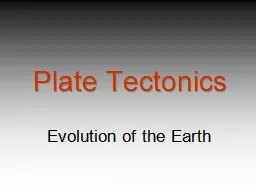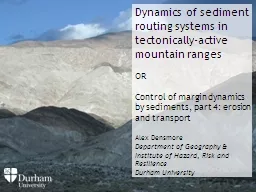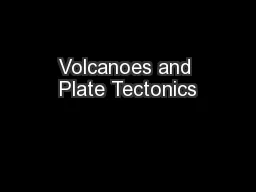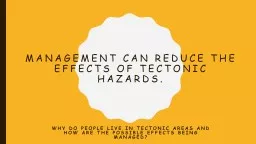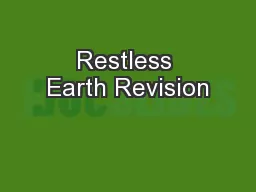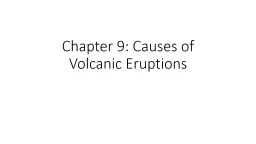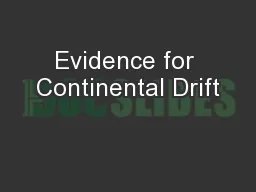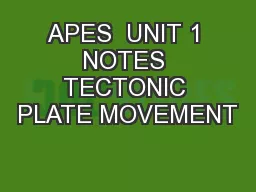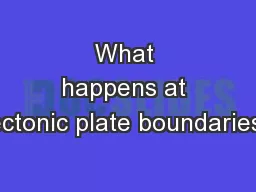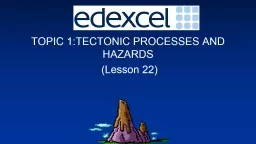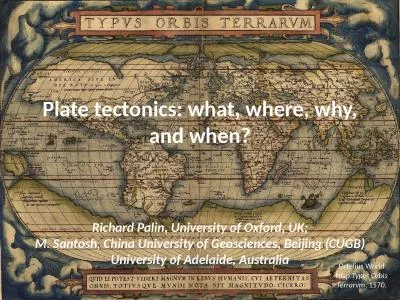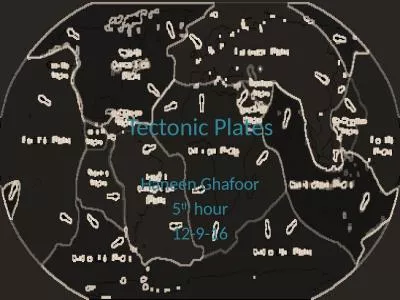PPT-Plate Tectonic Theory
Author : olivia-moreira | Published Date : 2016-07-25
One Theories Journey Continental drift One theorys journey Today you might be laughed out of a geology course for questioning whether continents move through
Presentation Embed Code
Download Presentation
Download Presentation The PPT/PDF document "Plate Tectonic Theory" is the property of its rightful owner. Permission is granted to download and print the materials on this website for personal, non-commercial use only, and to display it on your personal computer provided you do not modify the materials and that you retain all copyright notices contained in the materials. By downloading content from our website, you accept the terms of this agreement.
Plate Tectonic Theory: Transcript
Download Rules Of Document
"Plate Tectonic Theory"The content belongs to its owner. You may download and print it for personal use, without modification, and keep all copyright notices. By downloading, you agree to these terms.
Related Documents

